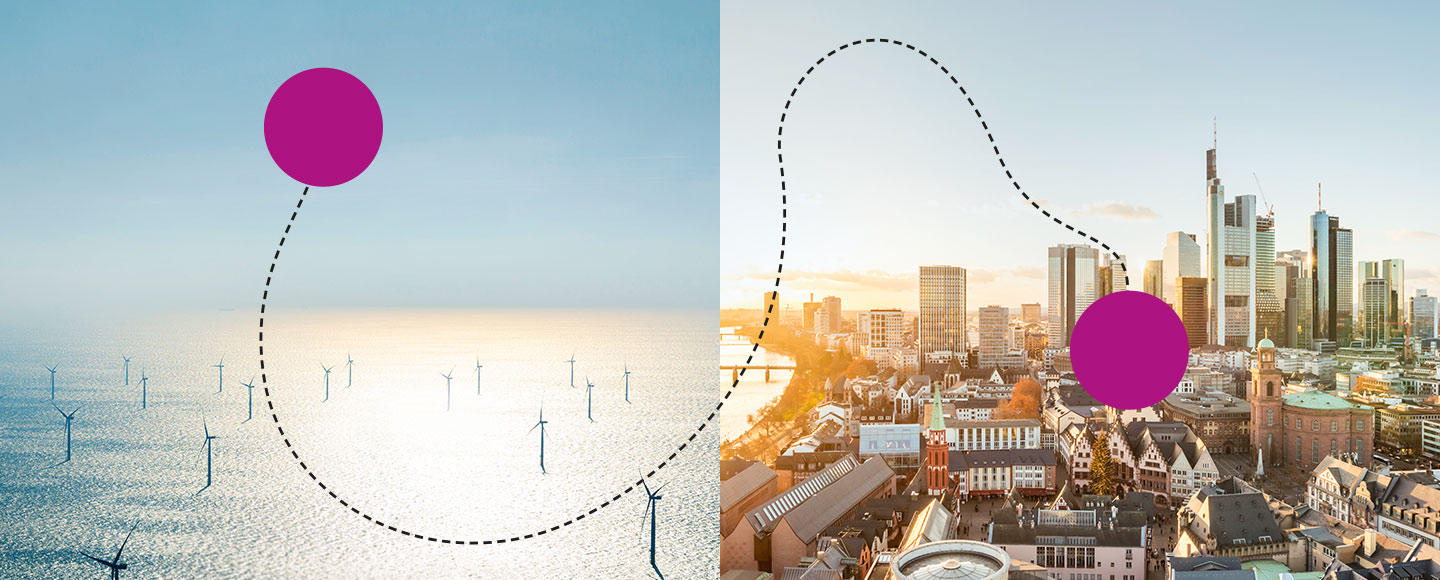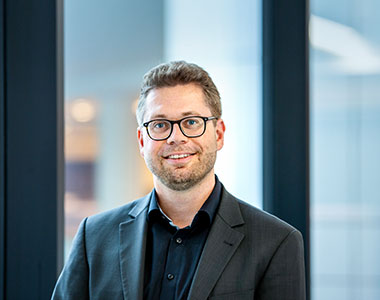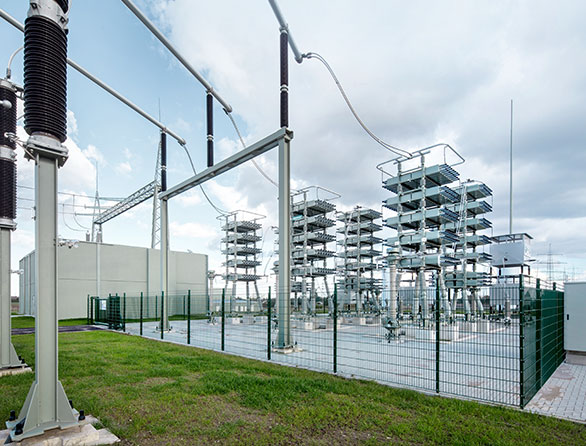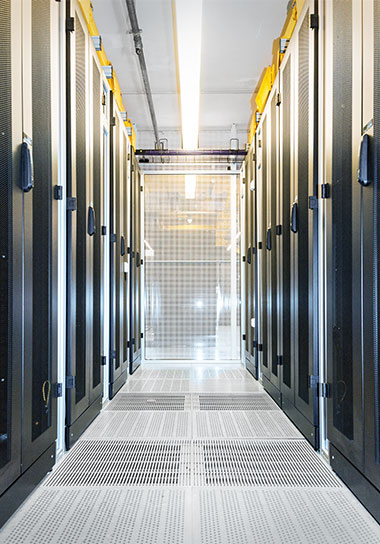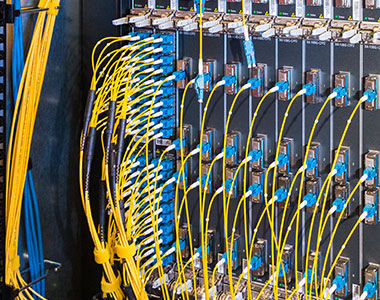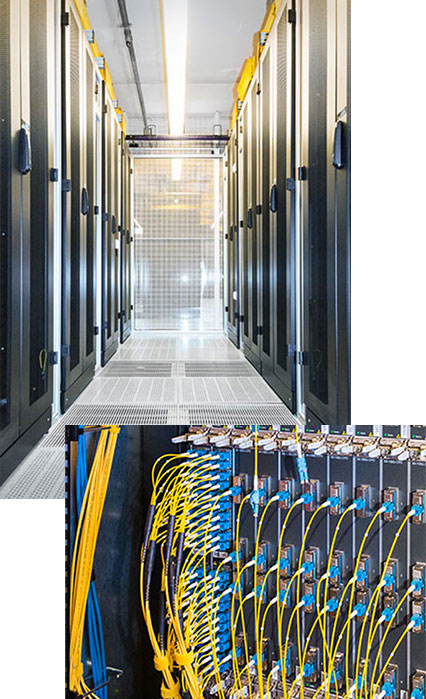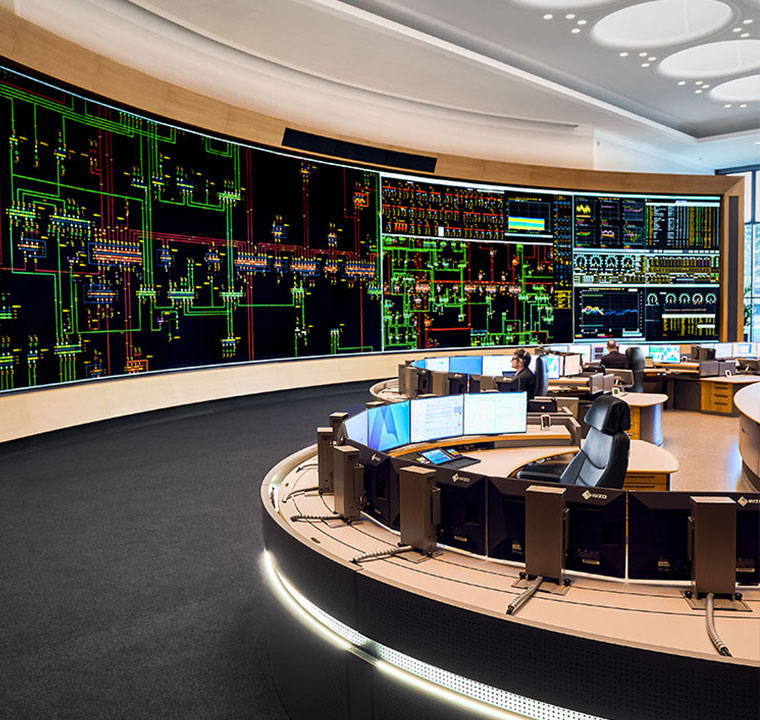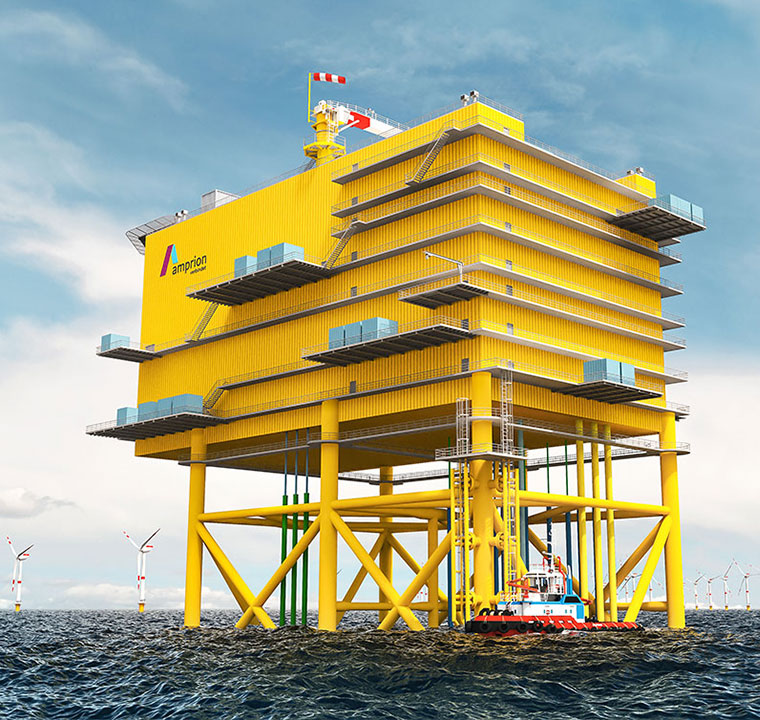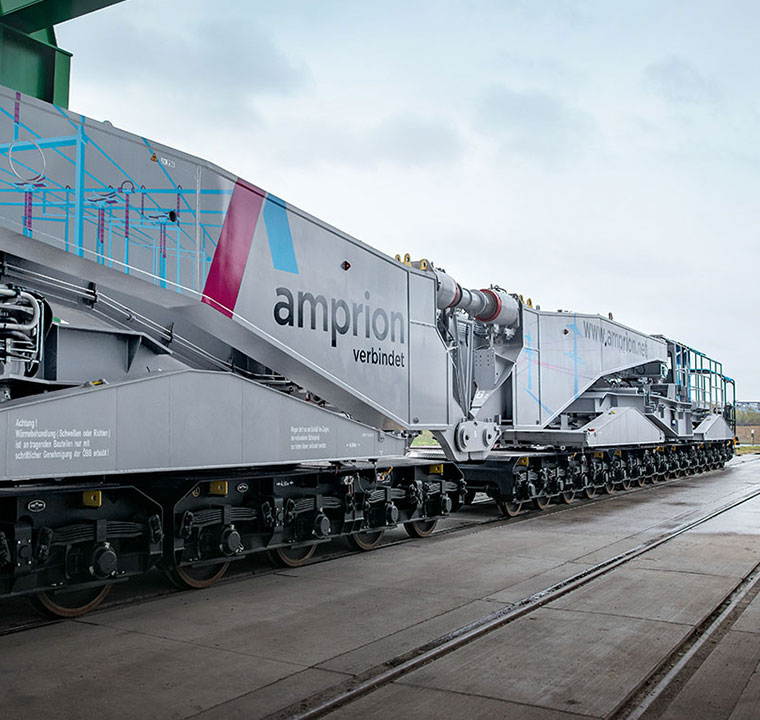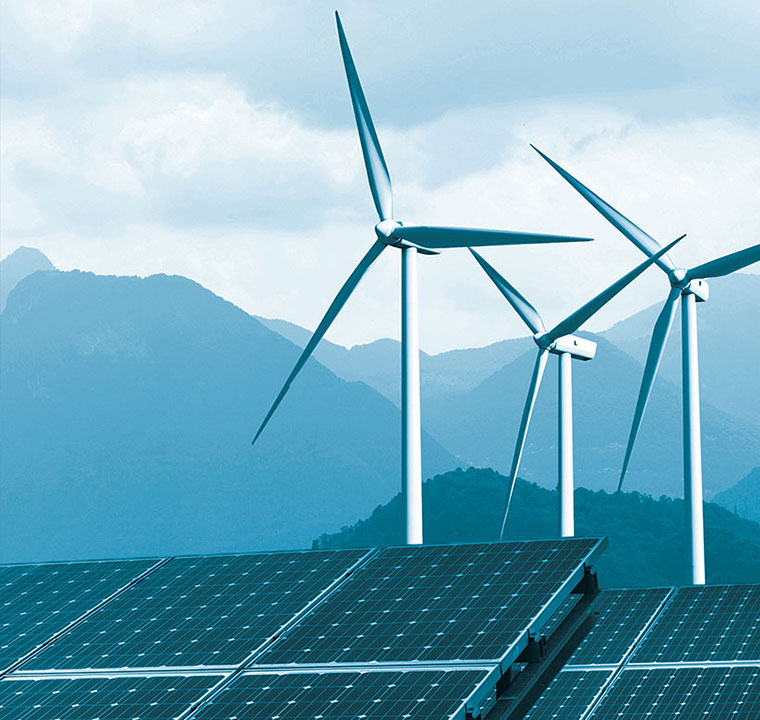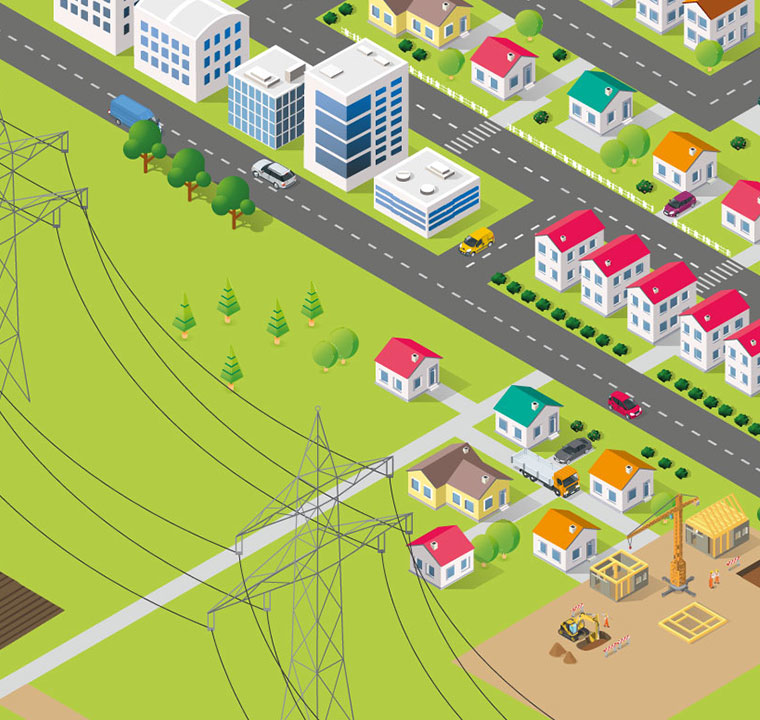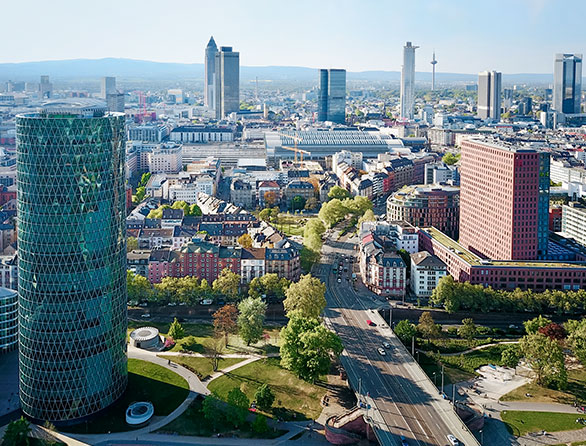
Boomtown Frankfurt am Main
Green power for mainframes
Frankfurt is not only a financial metropolis; it's also considered the Internet capital of Europe. No other city in Europe is home to so many data centres. Their energy requirements are growing continuously. “We have received connection requests for the period between now and 2028, that mean a power demand increase of up to 3.5 gigawatts,” says Dr Ralph Pfeiffer, Amprion's Head of Regional Grid Planning. That's roughly equivalent to the output of seven medium-sized offshore wind farms. “This additional demand is driven entirely by data centres,” Pfeiffer adds. In order to process the increasing amounts of data, the performance of mainframe computers is also increasing. Running and cooling these more powerful systems means greater power consumption. And the data centres get this power from local distribution grids, which in turn are connected to the transmission grid. Amprion is currently tracking a dozen projects in the region with the goal of supplying them with green electricity.

New data centres increase power demand, says Dr Ralph Pfeiffer, Head of Regional Grid Planning at Amprion.
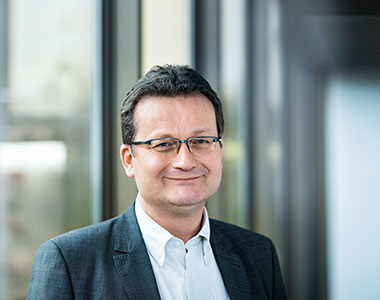
New data centres increase power demand, says Dr Ralph Pfeiffer, Head of Regional Grid Planning at Amprion.
